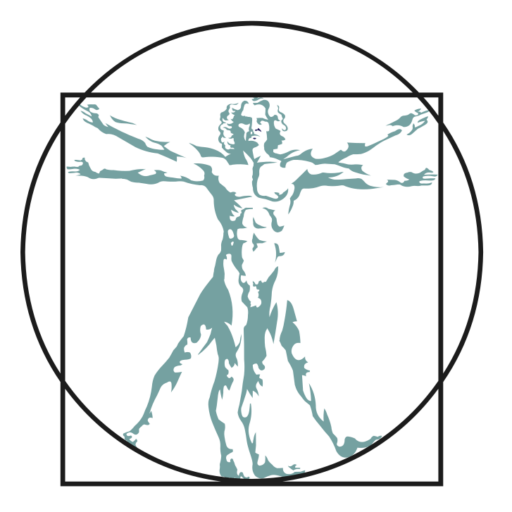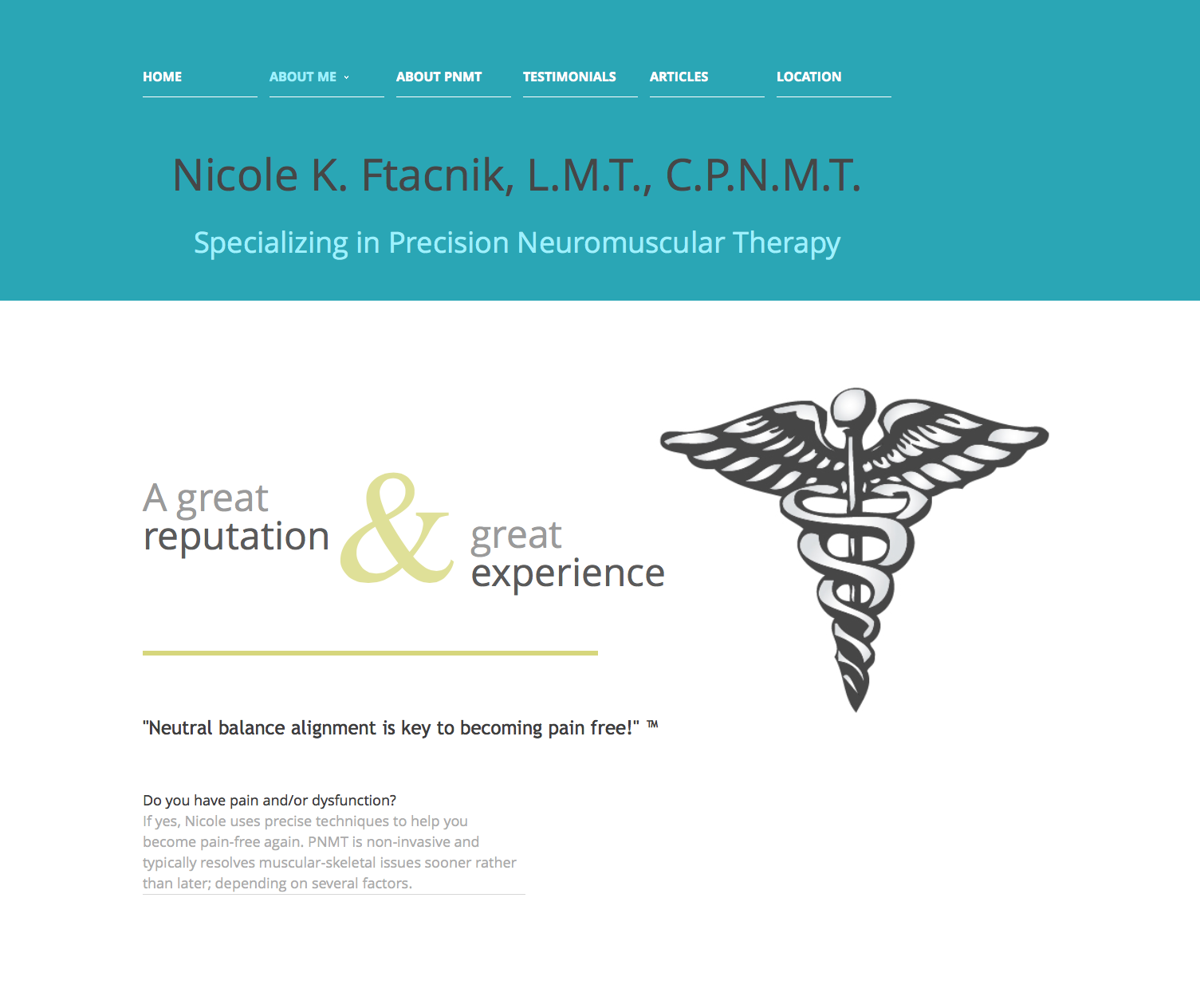
Since I am trained to treat TMJ pain and dysfunction related to the temporomandibular joint—which also happens to be something that many people suffer from; yours truly included—I decided this would be a great topic for today’s post.
Temporomandibular disorder (TMD) rears it’s ugly head when there are problems with the jaw, jaw joint(s), and/or when surrounding facial muscles are imbalanced. This disorder is often incorrectly called TMJ, which stands for temporomandibular joint… And every single one of us has two.
What is the Temporomandibular Joint (TMJ)? The TMJ is the hinge joint that connects the lower jaw (mandible) to the temporal bone of the skull, which is immediately in front of the ear on both sides of our head. (You can feel them move by placing your fingers where I just mentioned while opening and closing your mouth.)
The joints are flexible, which allows us to move our jaw smoothly; up-and-down, side-by-side. The joints make it possible for us to talk, chew, and yawn. The muscles connected to the joints make it possible for us to control the position and movement of our jaw.
What Causes TMD? Injury to the jaw, temporomandibular joint, or muscles of the head and neck—such as from a heavy blow, a fall, or whiplash—can cause TMD. Repetitive movements can adaptively shorten the surrounding muscles causing it as well. Other possible causes include:
- Grinding or clenching the teeth, which puts a lot of pressure on the joints
- Dislocation of the disc between the ball and socket
- Presence of osteoarthritis or rheumatoid arthritis in the joints
- Stress, which can cause a person to tighten facial and jaw muscles or clench the teeth
What Are The Symptoms of TMD? People with TMD can experience severe pain and discomfort that may be temporary or last for many years. Common symptoms of TMD include:
- Pain or tenderness in the face, jaw joint area, neck and shoulders, and in or around the ear when you chew, speak, or open your mouth wide
- Limited ability to open the mouth very wide
- Jaws that get “stuck” or “lock” in the open- or closed-mouth position
- Clicking, popping, or grating sounds in the jaw joint, which may or may not be accompanied by pain, when opening/closing the mouth or chewing
- A tired feeling in the face
- Difficulty chewing or a sudden uncomfortable bite—as if the upper and lower teeth are not fitting together properly
- Swelling on the side of the face
- Headaches
- Dizziness
- Pain and paresthesia in the upper extremities
- Difficulty swallowing
- Toothaches
- May occur on one or both sides of the face
- Ear symptoms
Ear symptoms associated with TMD include:
- Fullness in the ears
- Tinnitis (ringing in the ears)
- Ear pain
- Hearing problems such as ubjective hearing loss
- The sensation of itching in the ears
TMD PREVALENCE
About 75% of the population has a least one sign, and 33% has at least one symptom. The age range at presentation is normally in the region of 16-30 years, but often persists for two or more decades.
Gender bias = 4:1 female.
AAOP TMD Guidelines: 1990, ’93, ’96
On another note, it is VERY important that I mention this… A sudden onset of severe pain within the jaw could indicate a heart attack. This is more common with females. Please keep this in mind for yourself and your loved ones as it could potentially save a life!
As always, I hope you find this information informative!
* * * * *
“Neutral balance alignment is key to becoming pain free!”™ ~ Me


[…] Temporomandibular joint pain […]
[…] in June of this year, I wrote a post on TMD: Temporomandibular Disorder, specifying causes and symptoms related to temporomandibular joint pain and dysfunction. This post […]